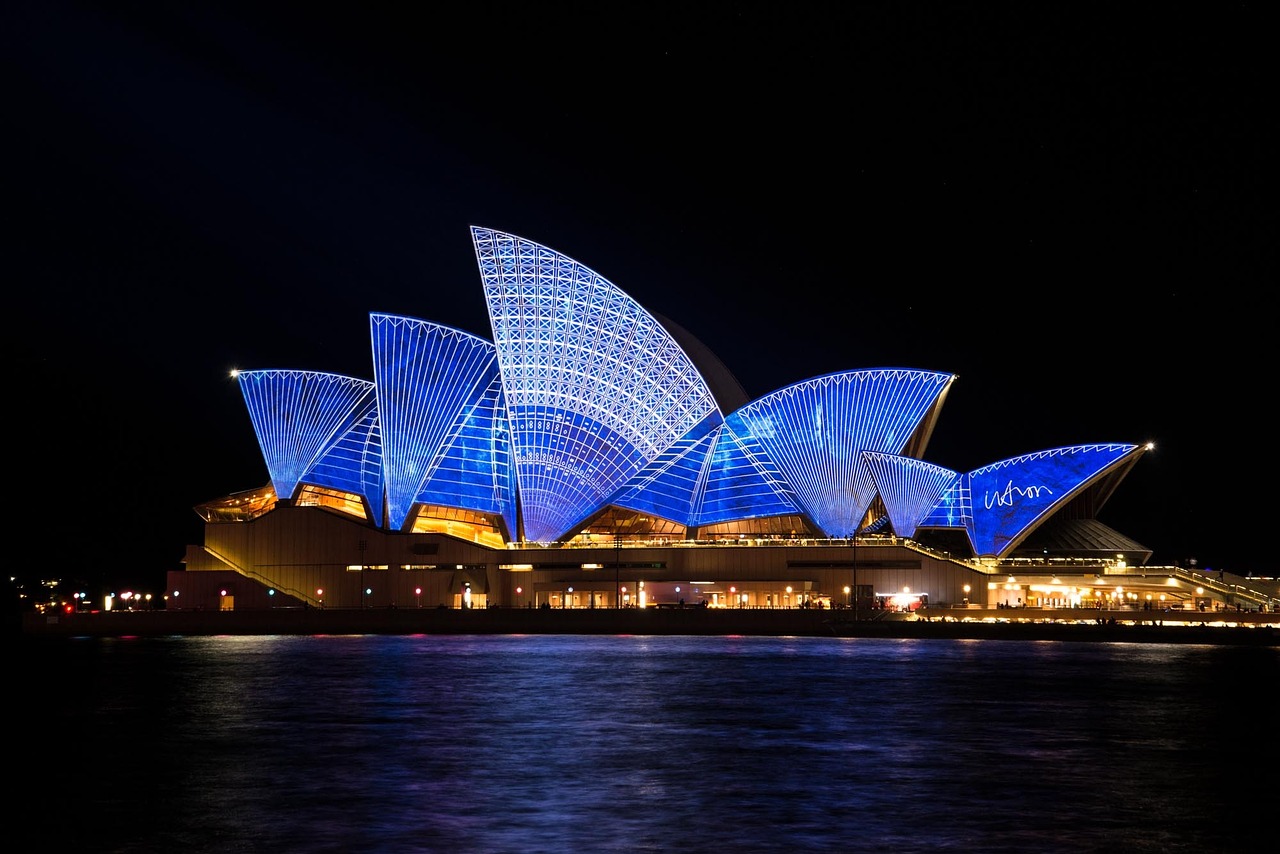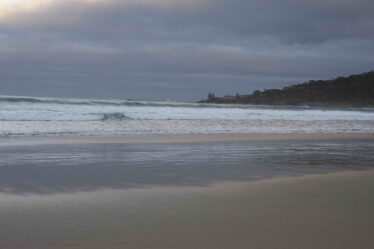
Sydney, Australia, is home to two of the most iconic landmarks in the world: the Sydney Opera House and the Sydney Harbour Bridge. These architectural marvels not only define the city’s skyline but also represent the cultural and historical heart of Sydney. This comprehensive guide delves into the history, significance, and experiences associated with these landmarks, highlighting why they are must-visit attractions for anyone traveling to Sydney.
Sydney Opera House
History and Architecture
The Sydney Opera House, with its distinctive sail-like design, is one of the most recognized buildings in the world. Designed by Danish architect Jørn Utzon, it was opened by Queen Elizabeth II on October 20, 1973. The building’s design was selected through an international competition held in 1956, which attracted 233 entries from 32 countries. Utzon’s unique design, inspired by the sails of yachts on Sydney Harbour, won the competition and has since become a symbol of both Sydney and Australia.
The construction of the Opera House was a complex and controversial process, taking 14 years to complete and costing over $102 million, significantly over the initial budget of $7 million. Despite these challenges, the Sydney Opera House has been celebrated for its innovative design and engineering, and in 2007, it was designated a UNESCO World Heritage Site.
Features and Venues
The Sydney Opera House comprises multiple performance venues, including:
- Concert Hall: The largest venue, with a seating capacity of 2,679, known for its superior acoustics and home to the Sydney Symphony Orchestra.
- Joan Sutherland Theatre: A proscenium arch theatre with 1,507 seats, primarily used for opera and ballet performances.
- Drama Theatre: A smaller venue with 544 seats, hosting theatre productions and smaller performances.
- Playhouse: A versatile space with 398 seats, used for various performing arts events.
- Utzon Room: Named in honor of the architect, this intimate space offers stunning harbor views and is used for chamber music and small gatherings.
- Forecourt: An open-air venue that hosts large-scale events and performances.
Tours and Experiences
Visitors to the Sydney Opera House can enjoy a range of tours and experiences:
- Guided Tours: Several guided tours are available, including the standard Opera House tour, the Backstage Tour, and the Architectural Tour, which provide insights into the building’s history, architecture, and behind-the-scenes operations.
- Performances: The Opera House hosts a diverse array of performances, from opera, ballet, and classical music to contemporary concerts, theatre, and comedy shows.
- Dining: The Opera House offers various dining options, including the Bennelong Restaurant, the Opera Bar, and the Opera Kitchen, all of which provide excellent food and stunning views of Sydney Harbour.
Sydney Harbour Bridge
History and Construction
The Sydney Harbour Bridge, often referred to as the “Coathanger” due to its arch-based design, is another iconic symbol of Sydney. It was designed by British firm Dorman Long and Co Ltd, with chief engineer Dr. John Bradfield overseeing the project. Construction began in 1924 and took eight years to complete, officially opening on March 19, 1932.
The bridge spans 1,149 meters and is one of the longest steel arch bridges in the world. It was constructed using 52,800 tonnes of steel, with the arch rising 134 meters above the harbour. The bridge serves as a vital link between the Sydney central business district (CBD) and the North Shore, accommodating vehicles, trains, bicycles, and pedestrians.
Features and Activities
The Sydney Harbour Bridge offers a variety of activities for visitors:
- BridgeClimb: One of the most popular attractions, the BridgeClimb allows visitors to scale the arches of the bridge, offering unparalleled views of Sydney and its harbor. Climbs are available at various times, including dawn, daytime, twilight, and night, each providing a unique perspective of the city.
- Pylon Lookout: Located in the southeastern pylon of the bridge, the Pylon Lookout offers a museum detailing the history and construction of the bridge, as well as a viewing platform with stunning panoramic views of the harbor and city skyline.
- Walk and Cycle: The pedestrian walkway and cycle path on the eastern side of the bridge provide a more leisurely way to enjoy the views. Walking across the bridge offers fantastic photo opportunities and a chance to appreciate the engineering marvel up close.
Significance and Legacy
Cultural Impact
Both the Sydney Opera House and the Sydney Harbour Bridge have played significant roles in shaping the cultural identity of Sydney and Australia. The Opera House is not only a venue for performing arts but also a symbol of creativity and innovation. Its design and construction pushed the boundaries of architecture and engineering, and it continues to inspire artists and architects worldwide.
The Sydney Harbour Bridge, on the other hand, represents the industrial and engineering prowess of the early 20th century. Its construction was a remarkable feat of engineering and has become an enduring symbol of Sydney’s growth and development.
Tourist Attraction
Together, these landmarks draw millions of visitors each year, contributing significantly to Sydney’s tourism industry. The breathtaking views from the BridgeClimb, the world-class performances at the Opera House, and the picturesque setting of Sydney Harbour make these attractions must-visit destinations.
New Year’s Eve Celebrations
Sydney’s New Year’s Eve celebrations are world-renowned, with the Opera House and Harbour Bridge serving as the focal points for the city’s spectacular fireworks display. The event attracts hundreds of thousands of spectators who gather around the harbor to witness the dazzling show, making it one of the most iconic New Year celebrations globally.
Conclusion
The Sydney Opera House and Sydney Harbour Bridge are more than just architectural landmarks; they are integral parts of Sydney’s identity and heritage. Whether you’re taking in a performance at the Opera House, climbing the Harbour Bridge for a stunning view, or simply enjoying the beauty of Sydney Harbour, these iconic structures offer experiences that are both memorable and unique. They stand as testaments to human ingenuity and creativity, continuing to captivate and inspire visitors from around the world.


